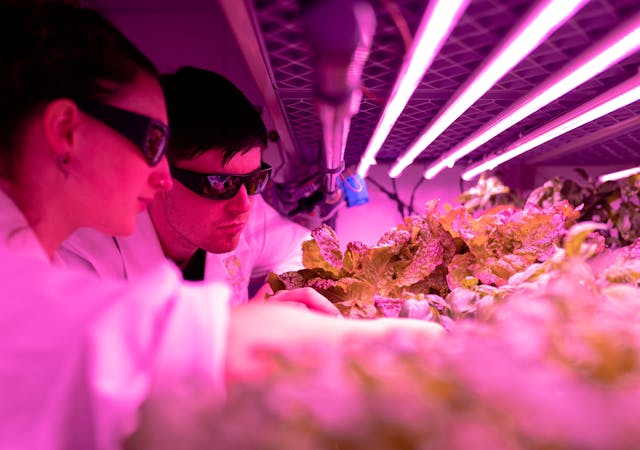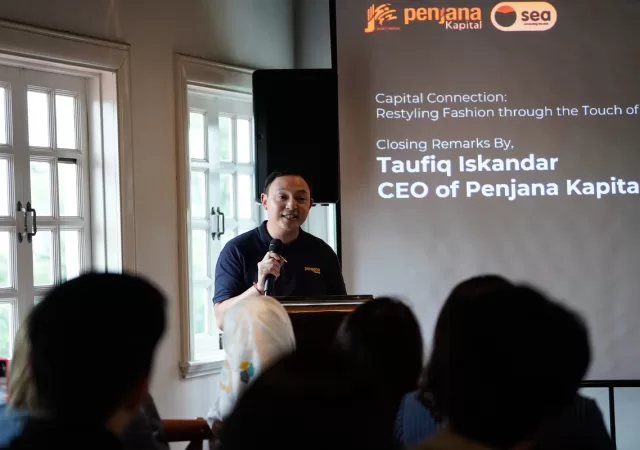Dell Technologies weighs in on why innovation and sustainability must go hand-in-hand in light of the recent 2030 Asia Pacific SDG Progress Report.
New Life: Replacement Doesn’t Have To Be The End
Varinderjit Singh, General Manager of Lenovo Malaysia, discusses the realities of electronic waste and introduces sustainable device repair.
Digitalization & Technology Touches the Textile & Fashion Industry
Digitalization is providing new, eco-friendly solutions to textile waste and fashion industry issues. Penjana Kapital Sdn Bhd and Sea Limited (Malaysia) collaborated on ‘Tech in Fashion’ to show off sustainable fashion-tech innovations.





